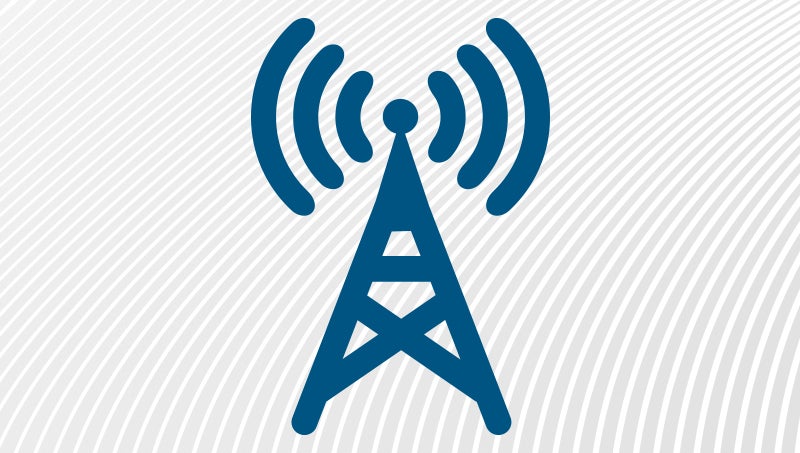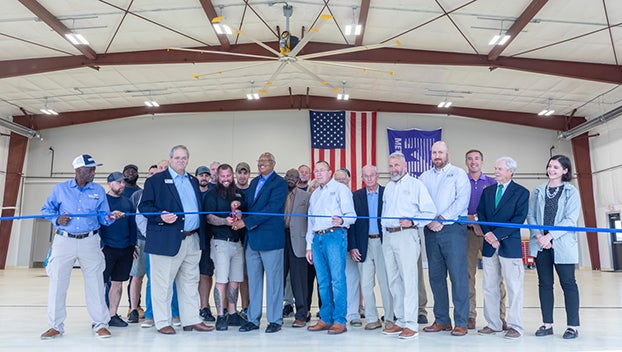Public asked to help identify internet coverage gaps
Published 7:01 pm Monday, April 15, 2019
More than 19 million rural Americans do not use high-speed internet because they do not have access to it. A new partnership has been forged to remedy that, and the public is being asked to help identify areas that have no service.
“This is to try to get better information about where services are good and where services are bad,” said Beaufort County manager Brian Alligood. “It’s about getting correct information so decisions can be made using that correct information.”
The partnership between the National Association of Counties (of which Beaufort County is a part), the Rural Community Assistance Partnership and Rural LISC (Local Initiatives Support Corporation) has introduced “TestIT,” a smartphone app that gives mobile phone users the ability to accurately identify areas with low or no internet connectivity and share that information.
“Unfortunately, broadband maps are not very accurate and there are many areas across Beaufort County that are not adequately served with high-speed internet. We need the public’s help to show where that coverage is lacking. Broadband is critical to Beaufort County for education and economic development,” Alligood said.
Lack of reliable broadband is a major economic barrier and an issue of socioeconomic equality, according to a joint press release. Without access to high-speed internet, many rural communities are becoming increasingly isolated and left behind, where high-speed internet can connect students with online degrees, sick patients with online medical consultations and small business owners with their customers.
Alligood said current mapping of access to broadband is based on census tracts, which are defined as a neighborhood with a population between 2,500 and 8,000 people. Because of the low population, census tracts in rural areas such as Beaufort County are much larger than in urban areas, and the maps being used can be deceiving.
“If you have service in one corner of the census tract, it lights up and says (the entire tract) has service out there. It’s limited at best,” Alligood said. “Ask the folks on the southside of the river. They’ll tell you — they struggle.”
The data collected by “TestIT” will allow local governments and other agencies to lobby for state and federal dollars to increase internet access.
“Access to affordable, high-speed internet is essential to connect people and places and compete in today’s economy,” said NACo Executive Director Matthew Chase. “Outdated broadband mapping techniques limit Congress’ ability to accurately identify and allocate broadband resources across much of America. This mobile app will help identify gaps in broadband coverage and help guide federal, state and local decision-making.”
“It helps policy makers, either at the federal level or the state level, say ‘OK, we need to spend some money to provide services to the underserved,’” Alligood said.
The “TestIT” app is available to iOS and Android users. Within the app, users can test their broadband speed from anywhere. Snapshots of individual tests will be collected within a database, allowing partners to analyze connectivity data across the country, according to the press release.






